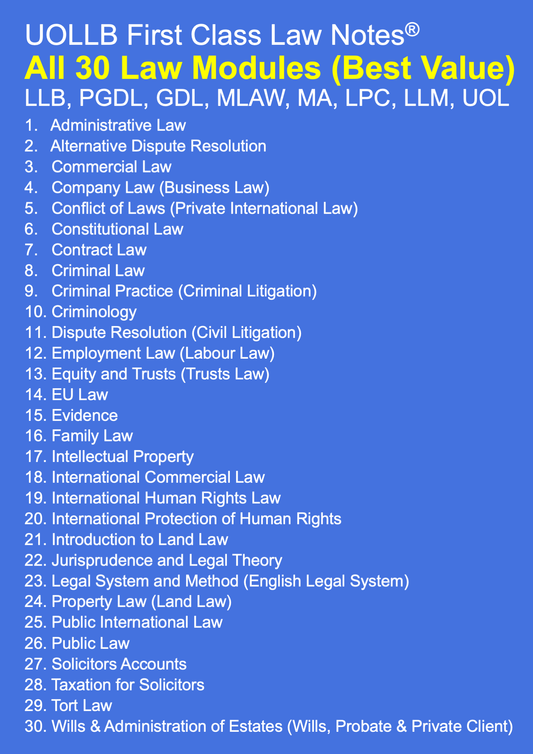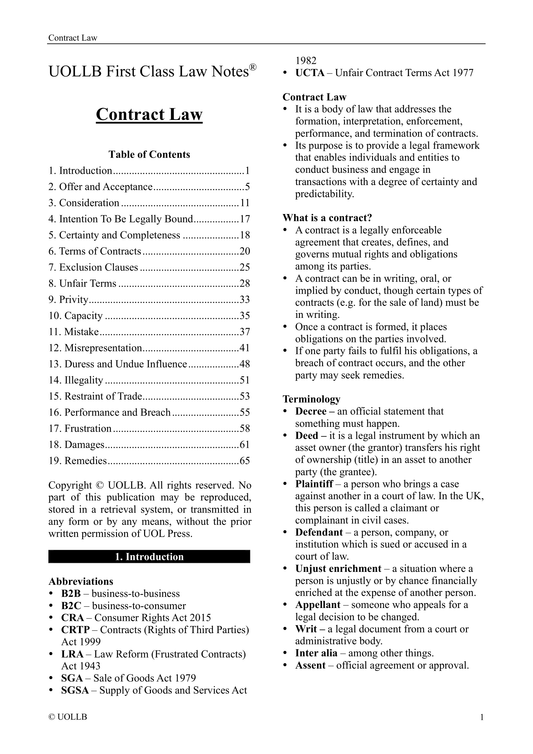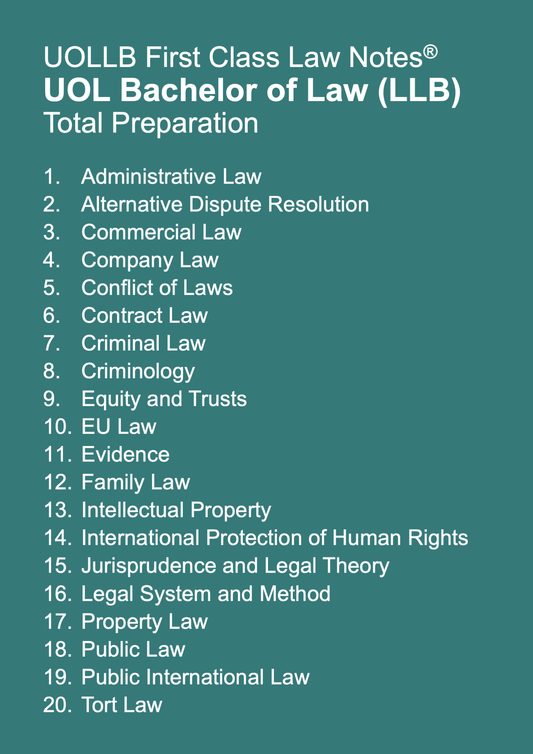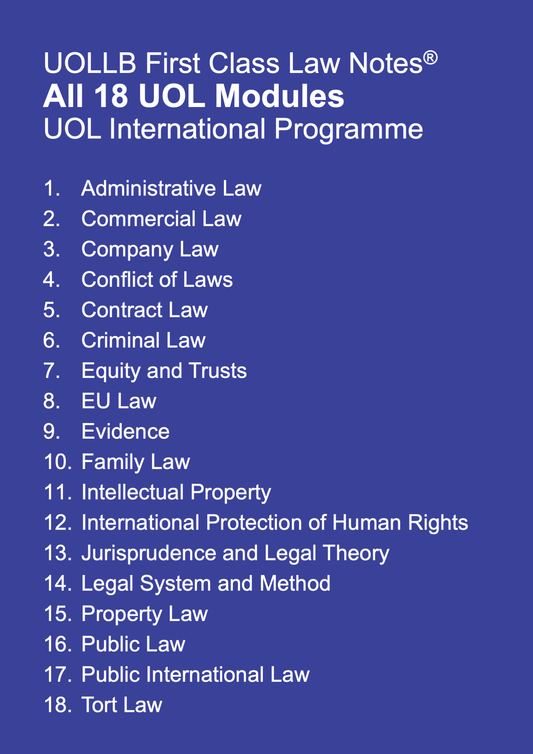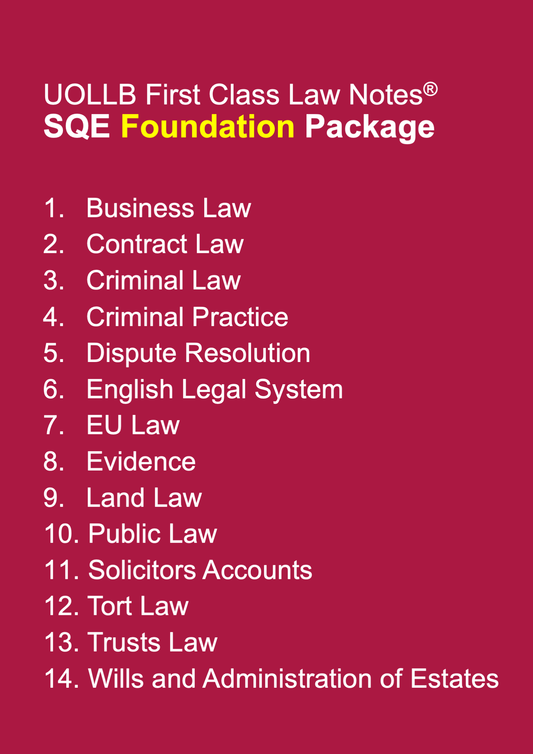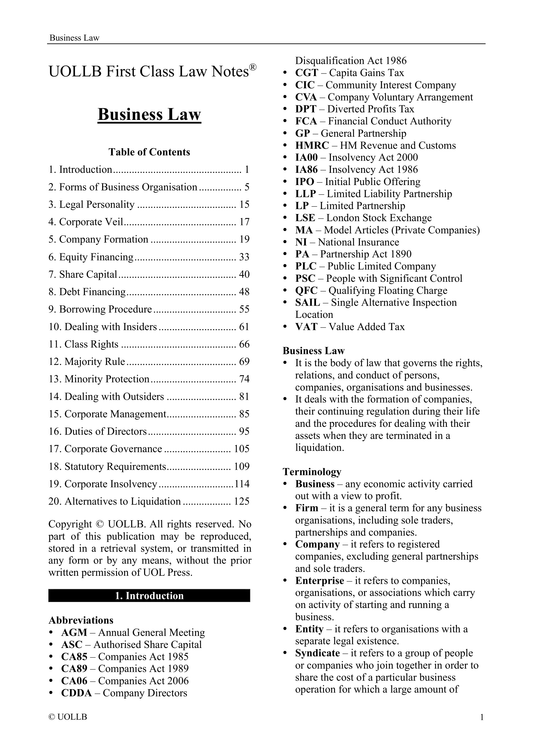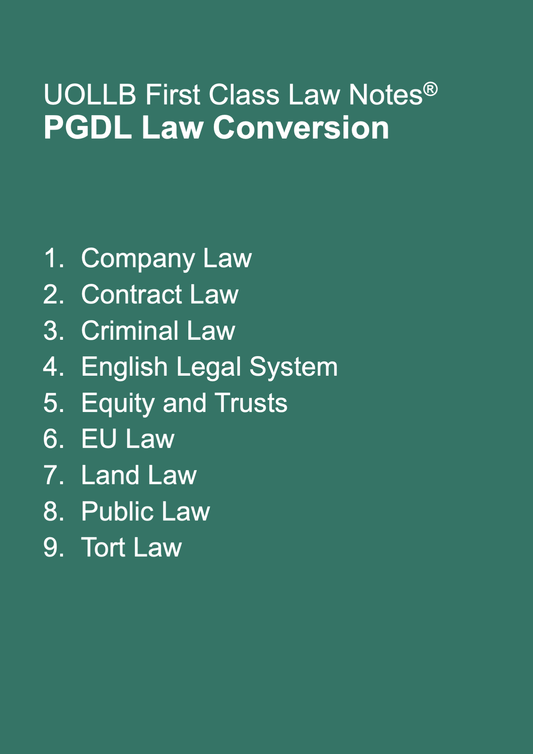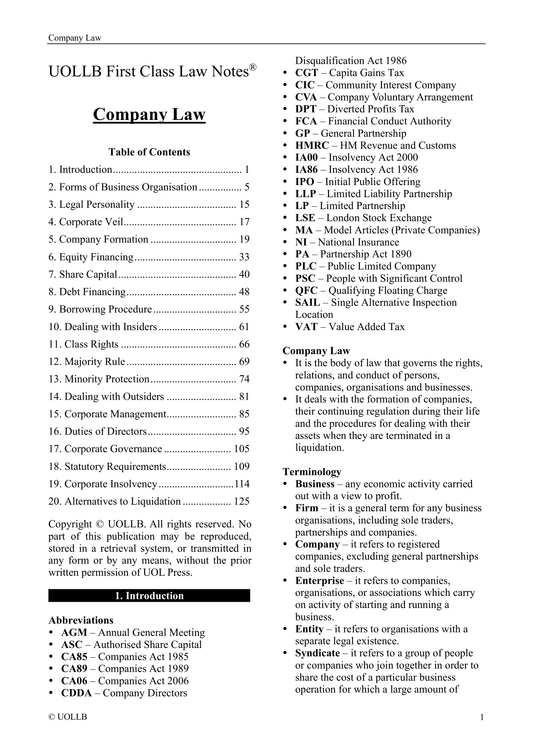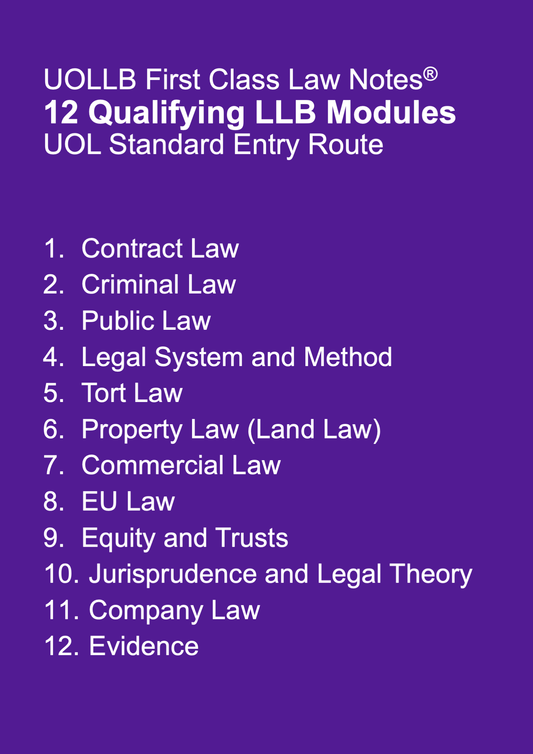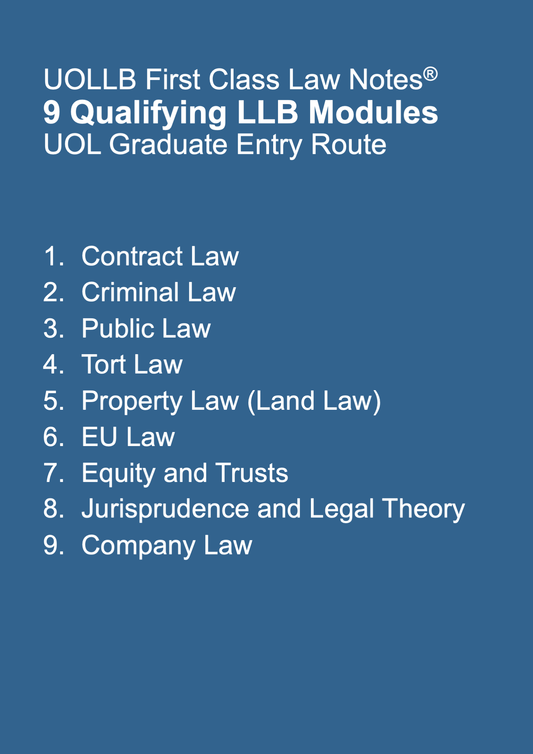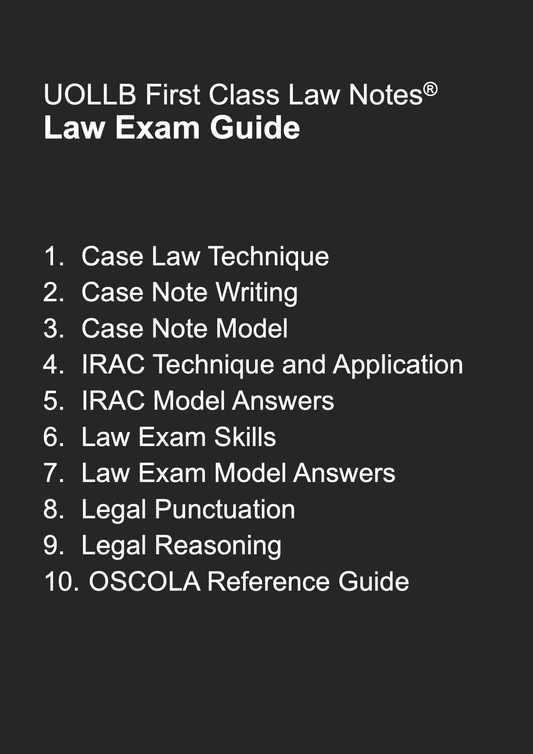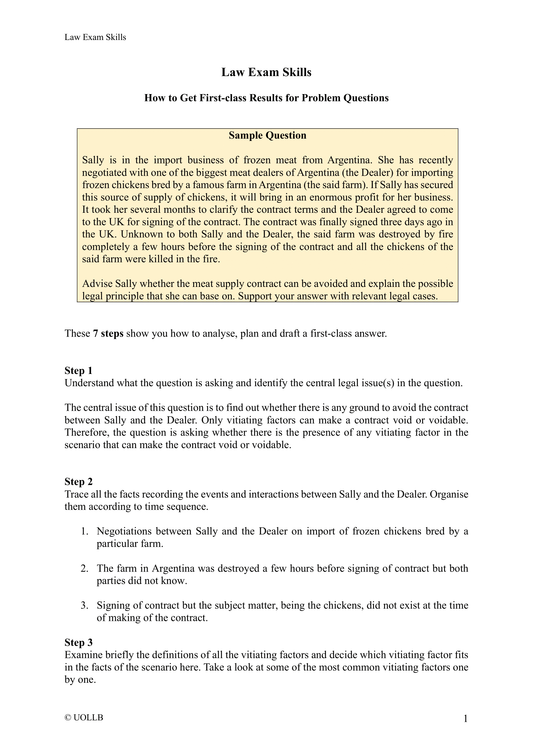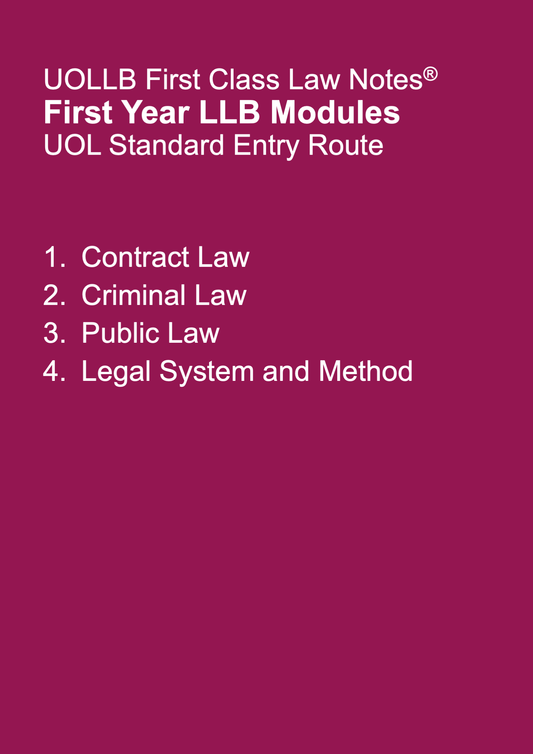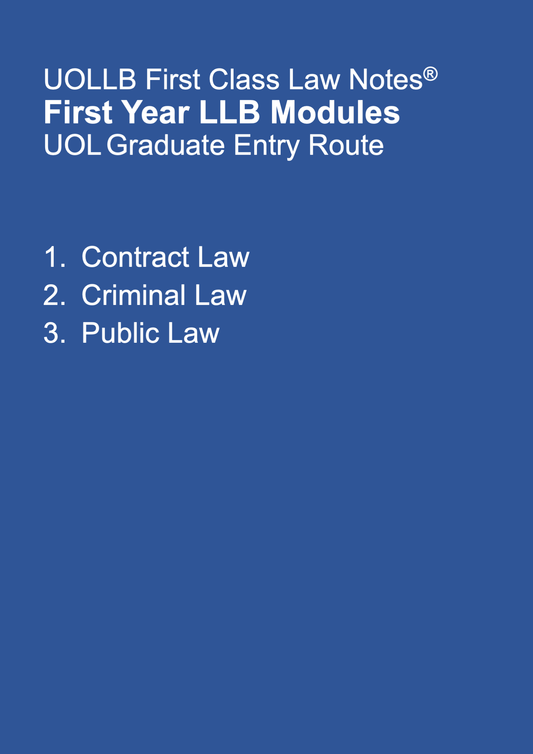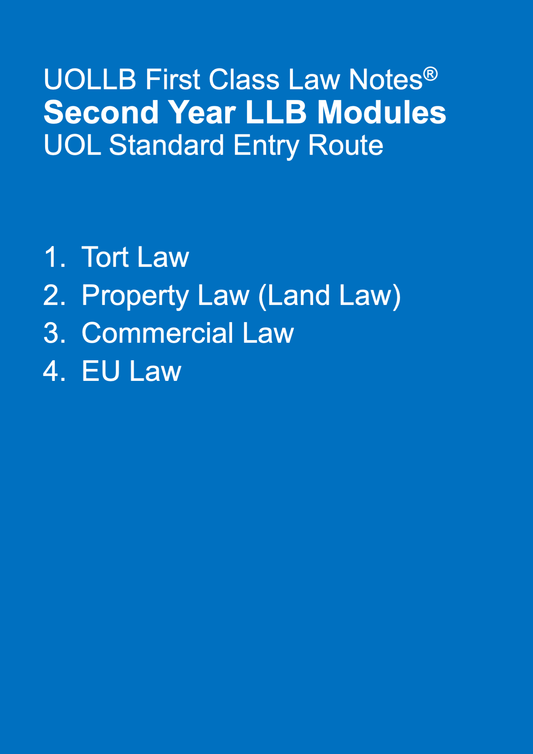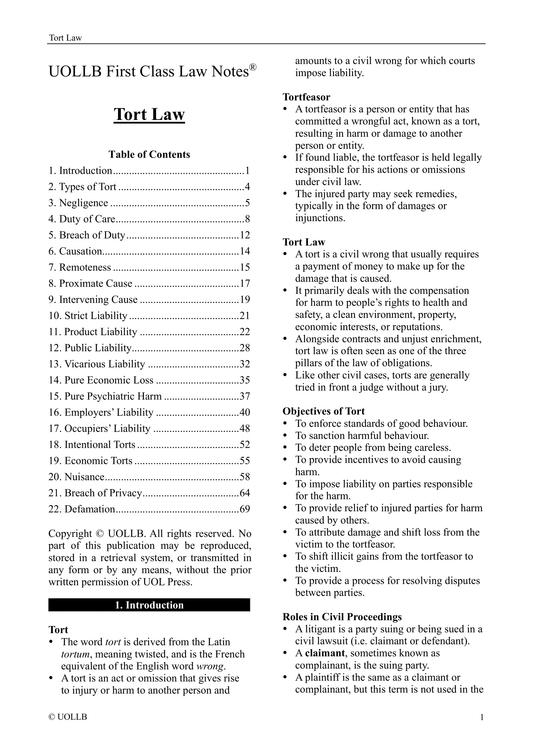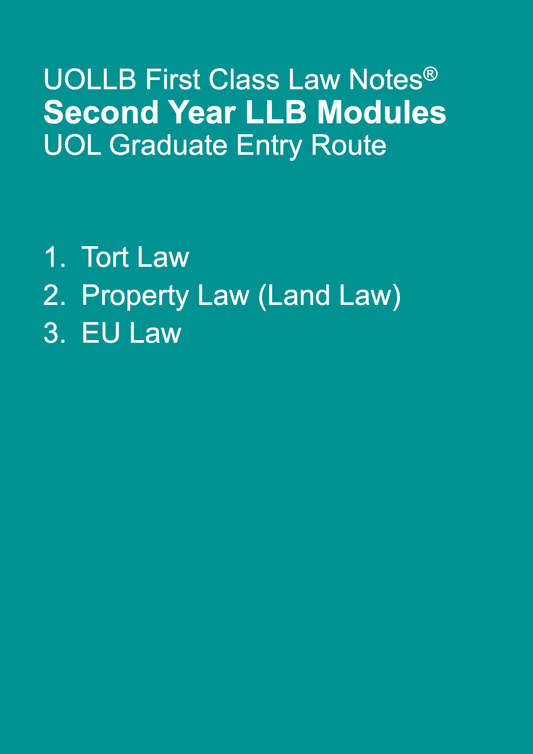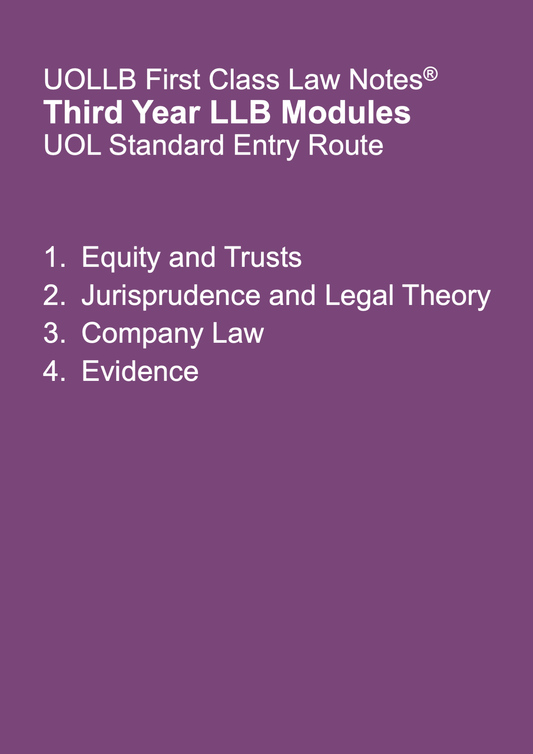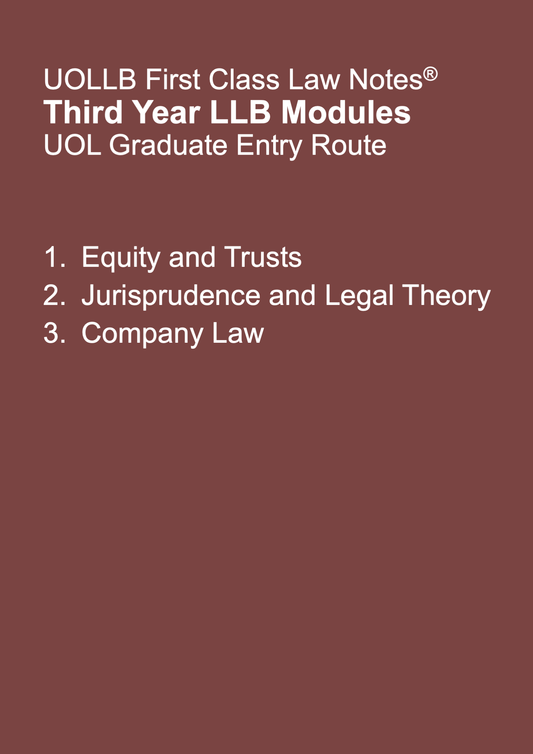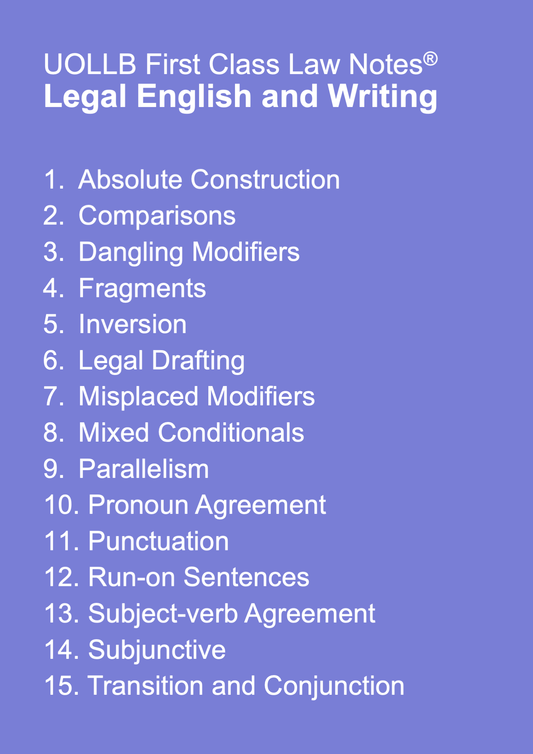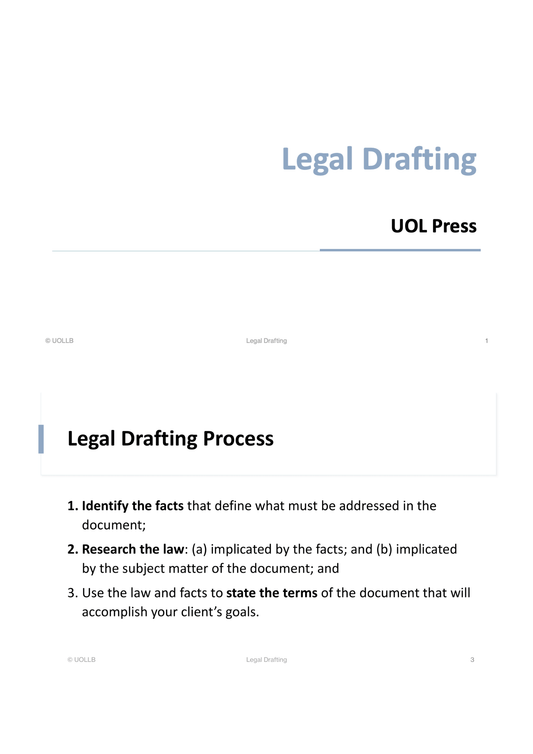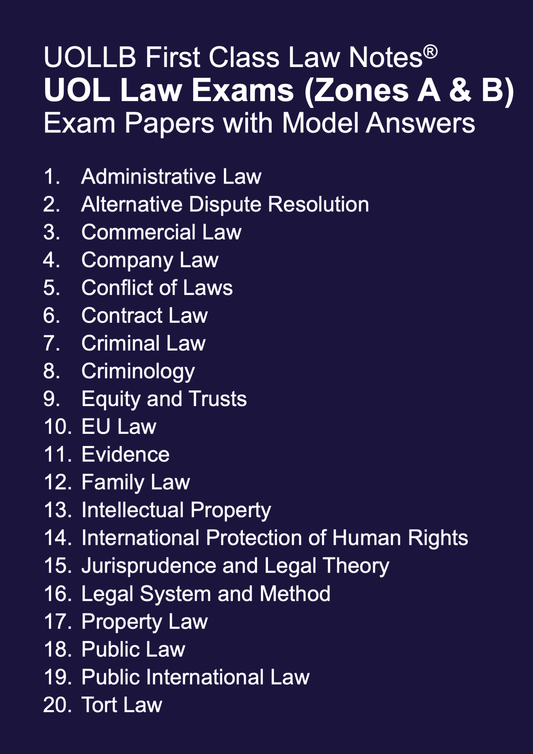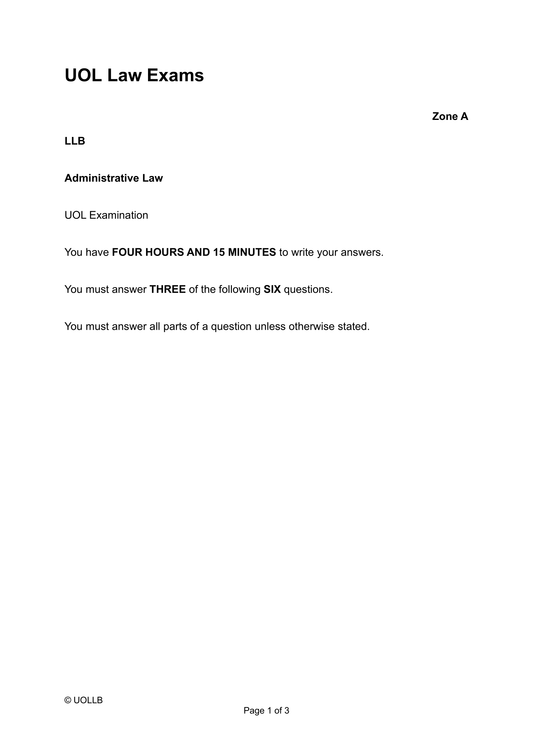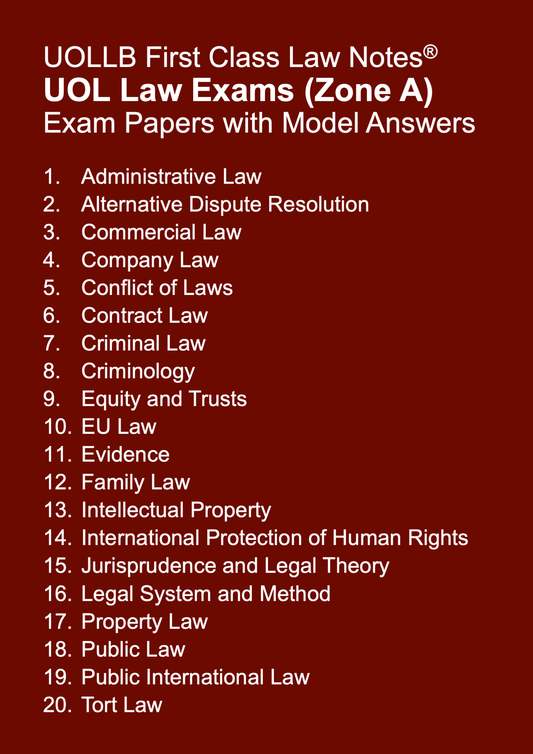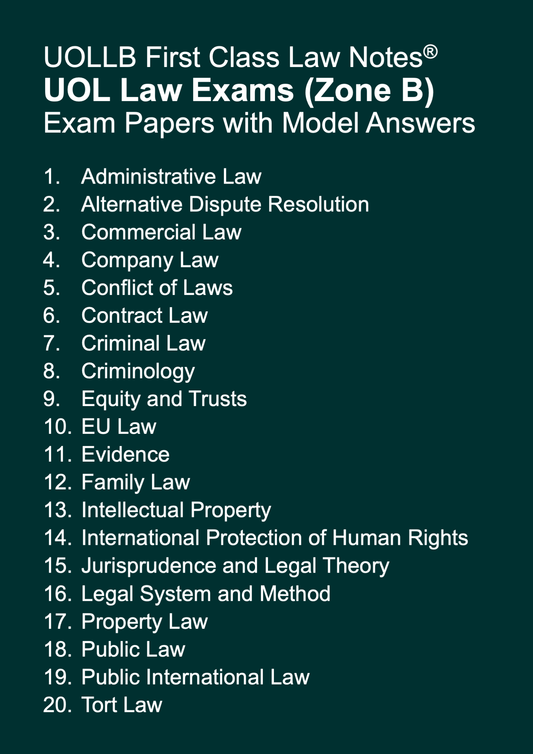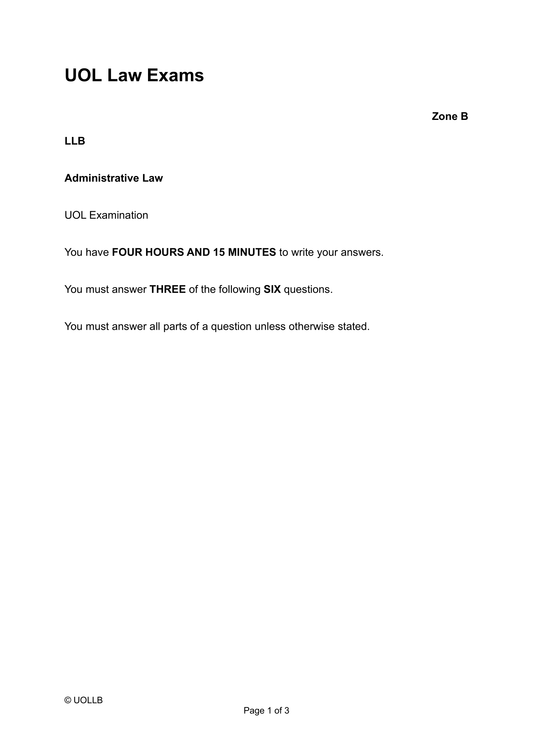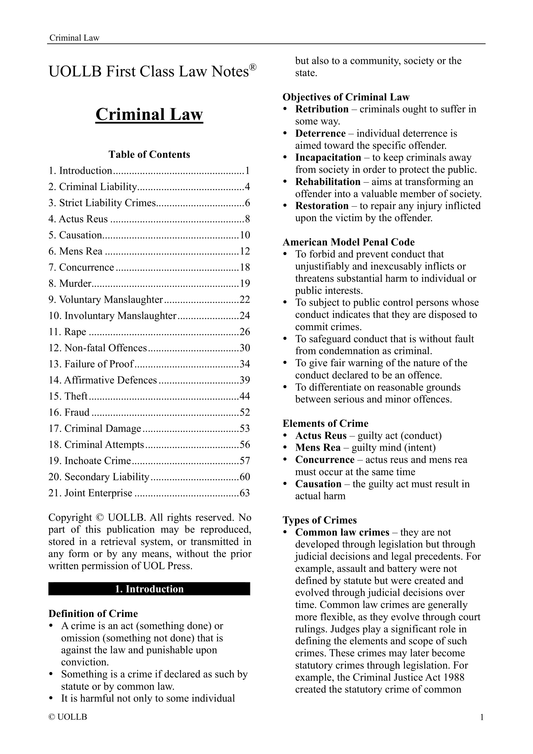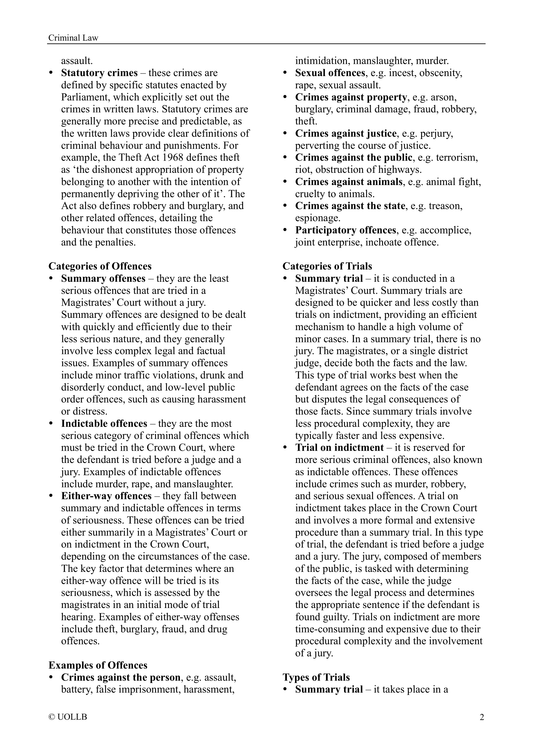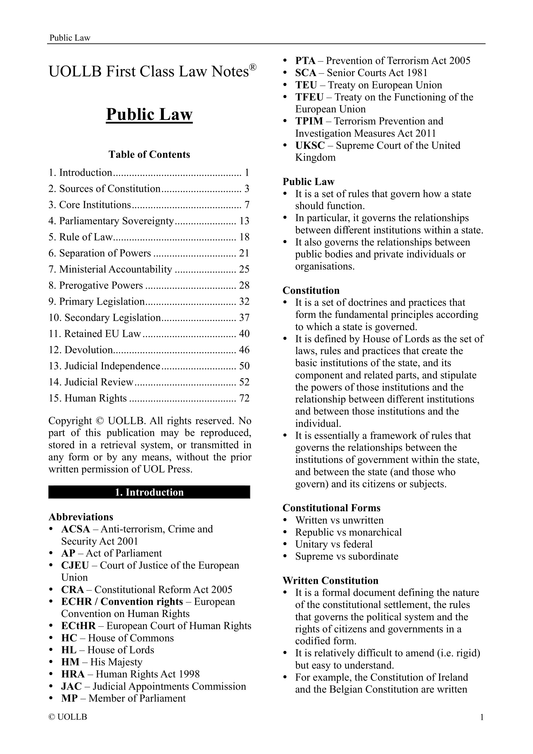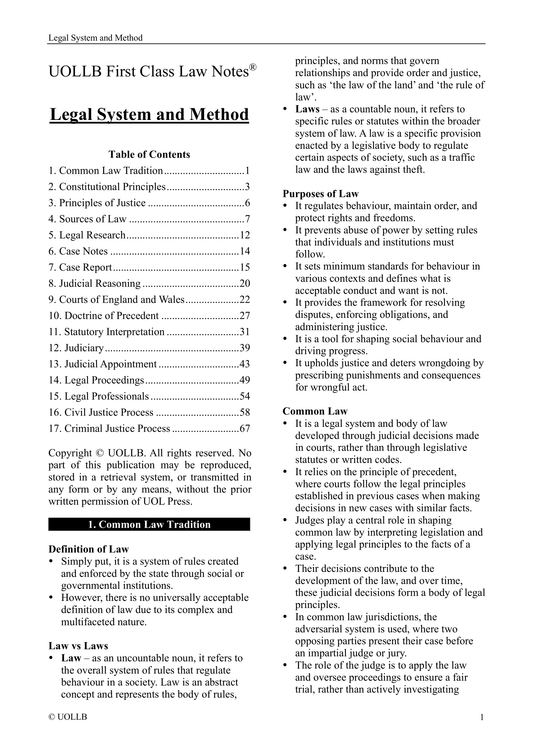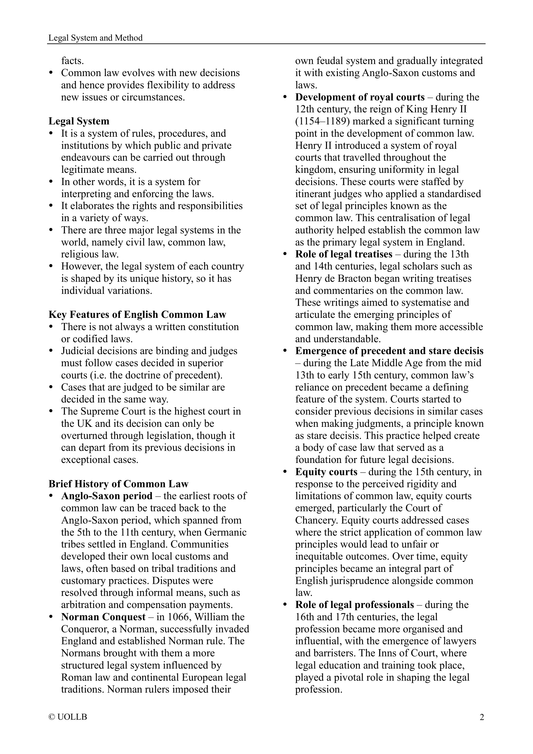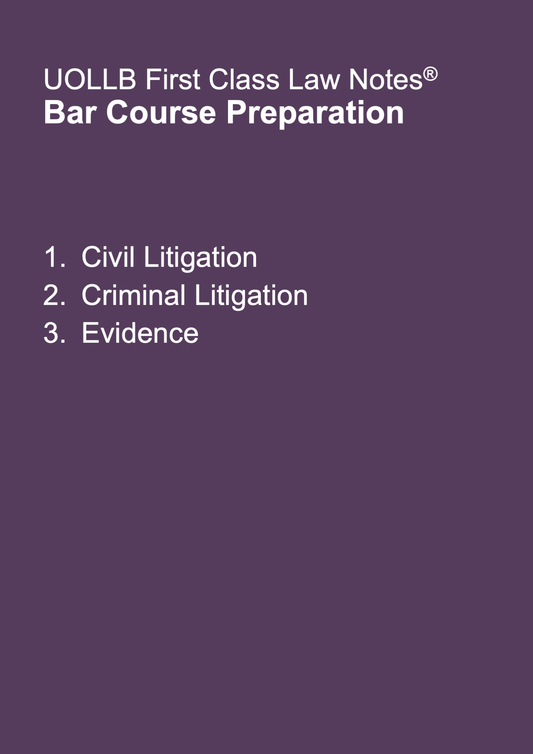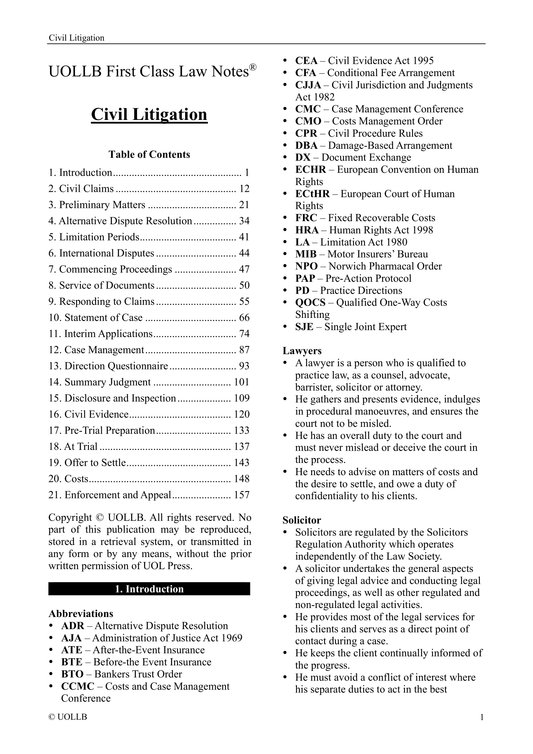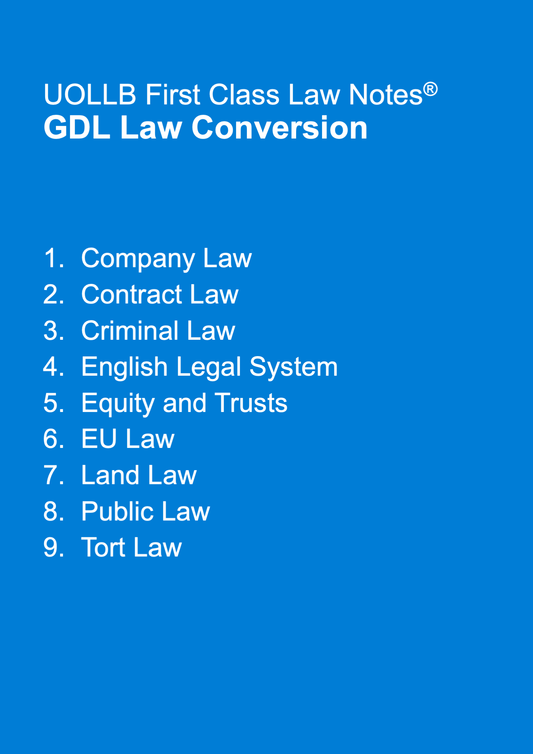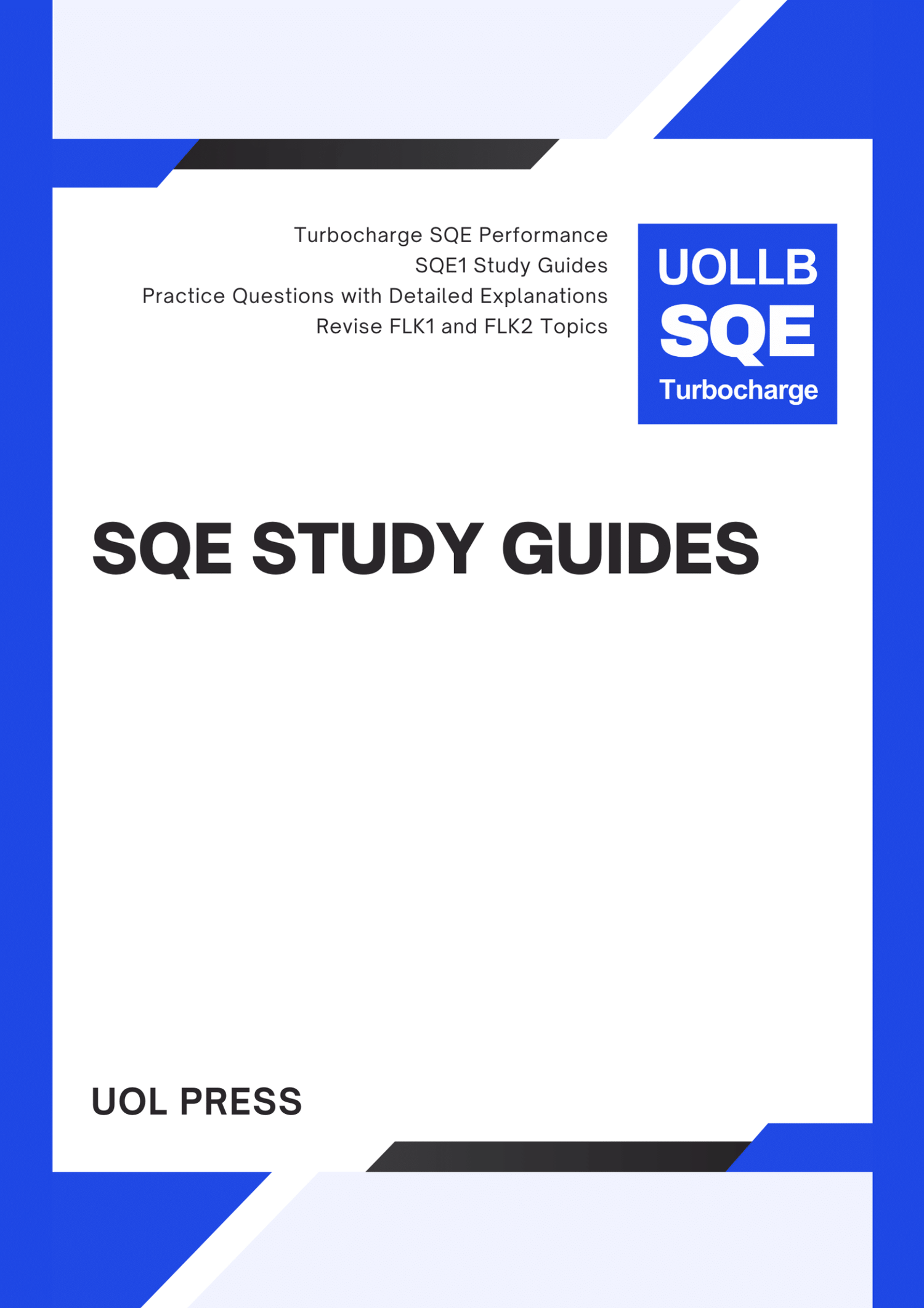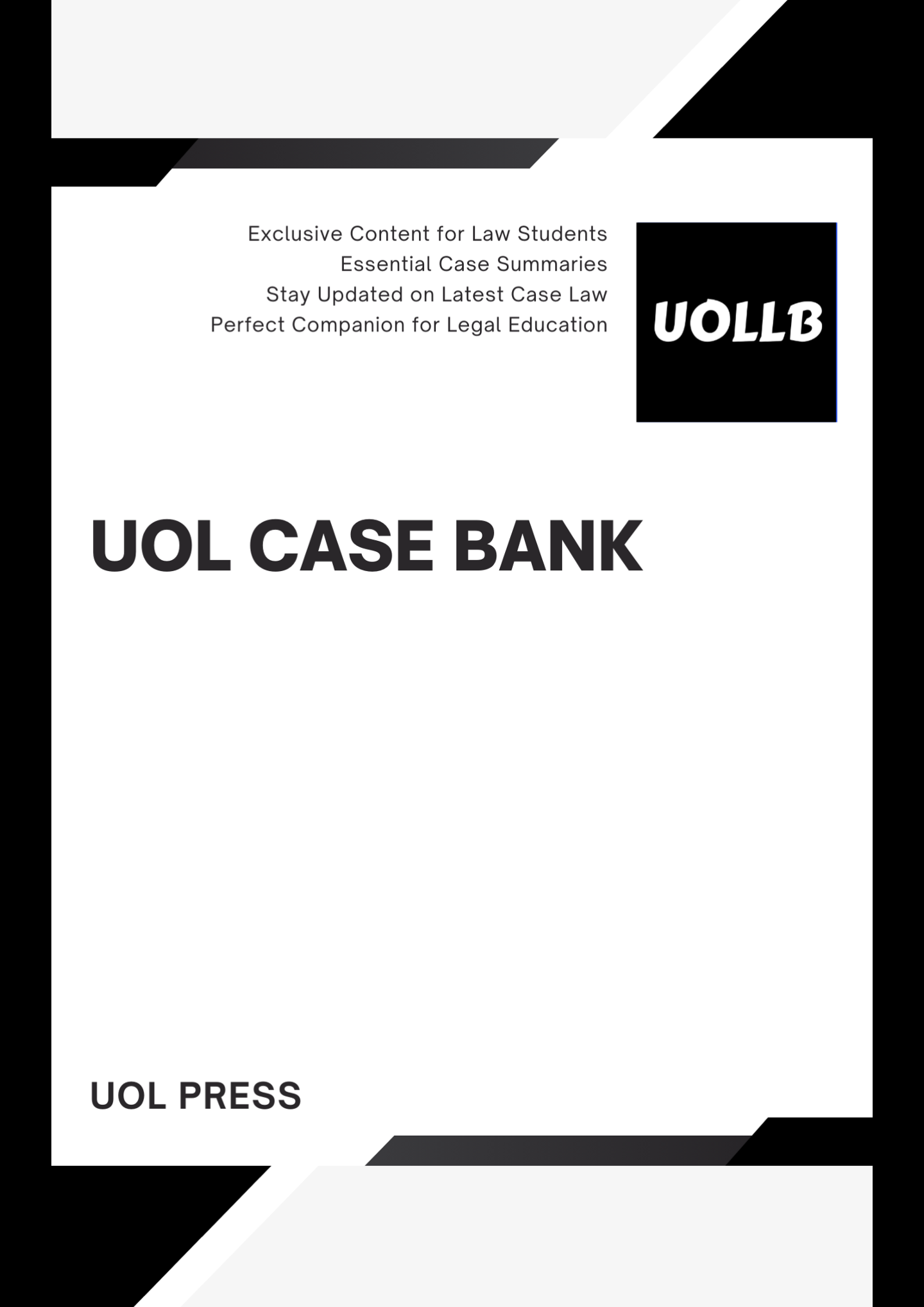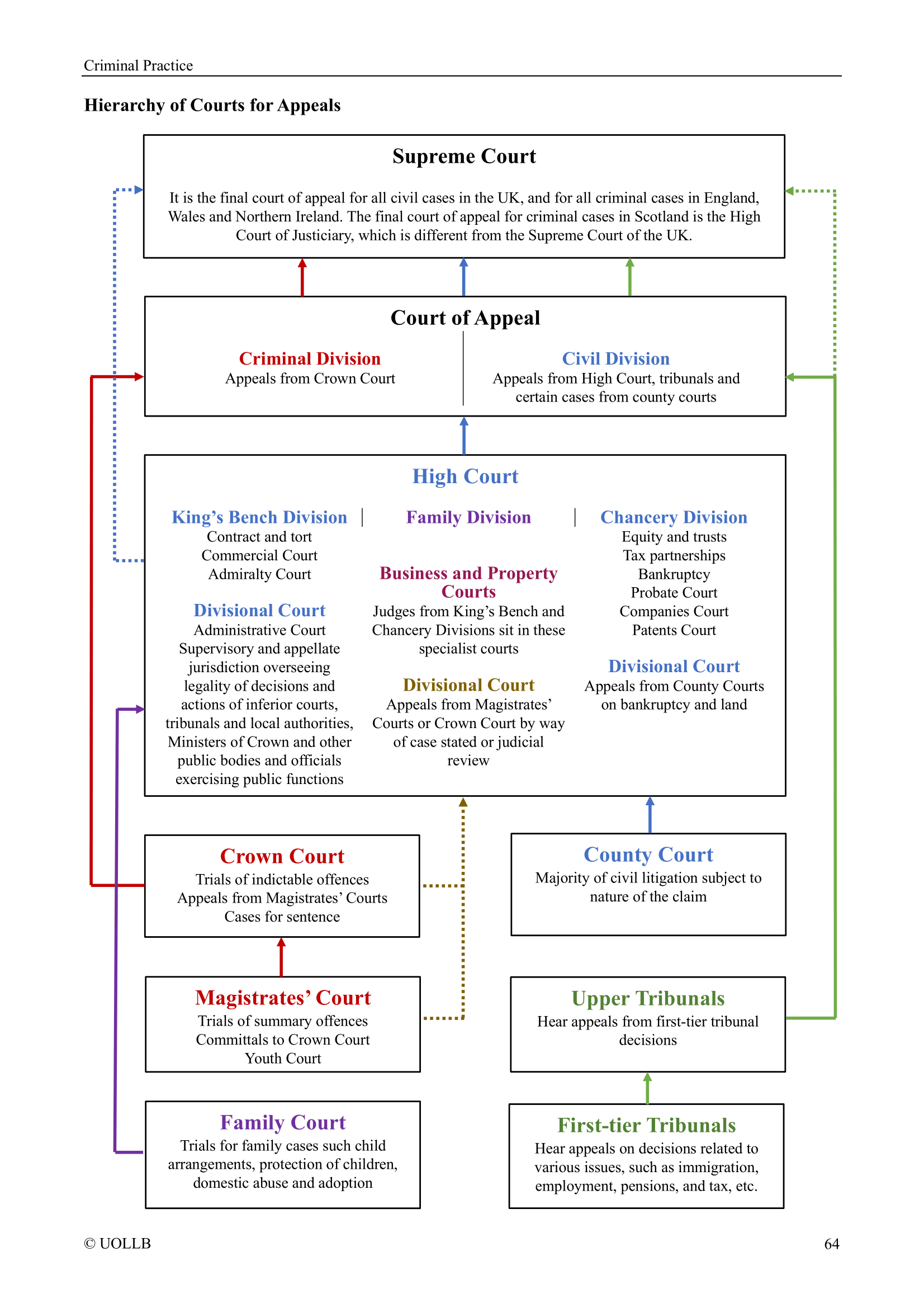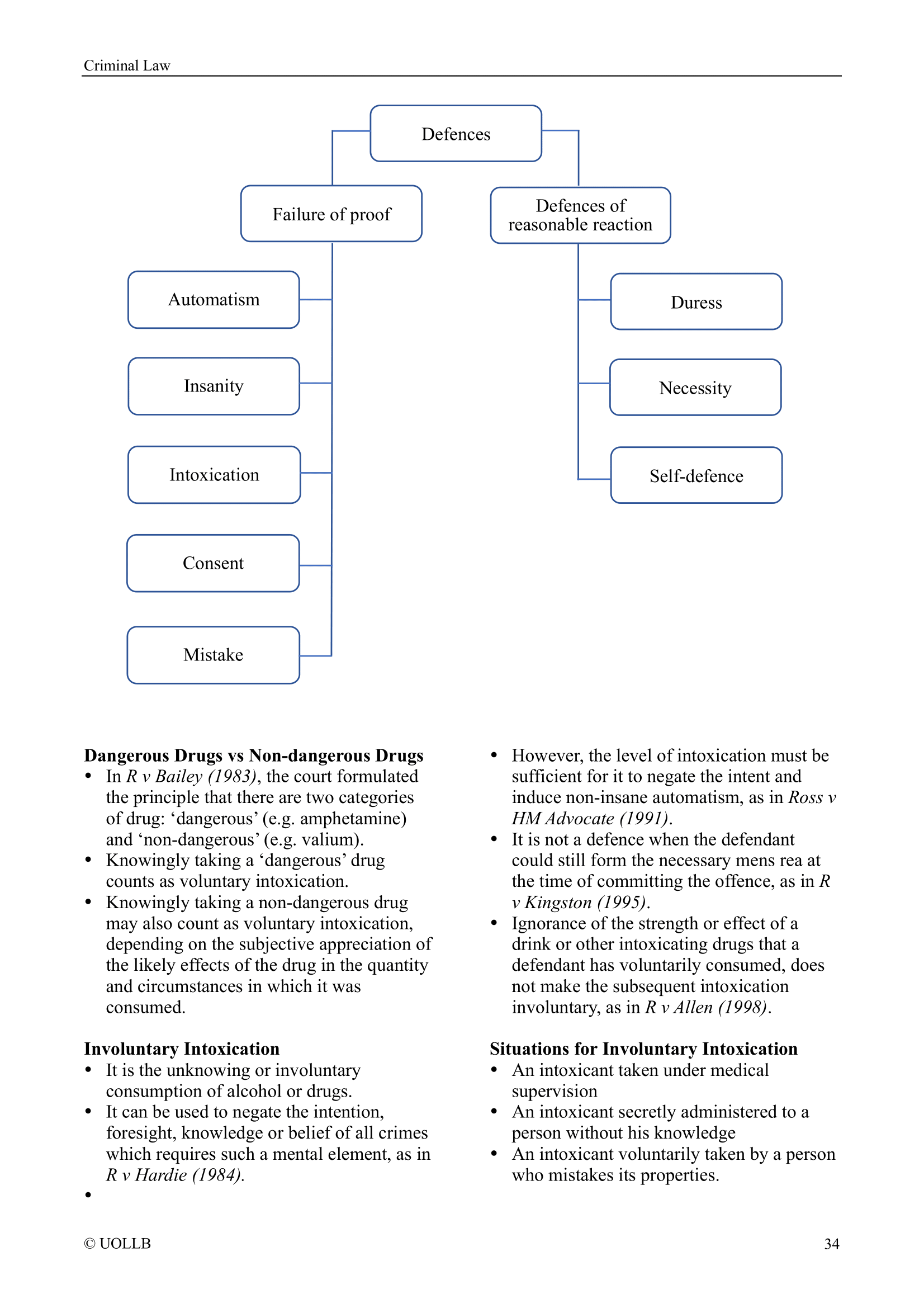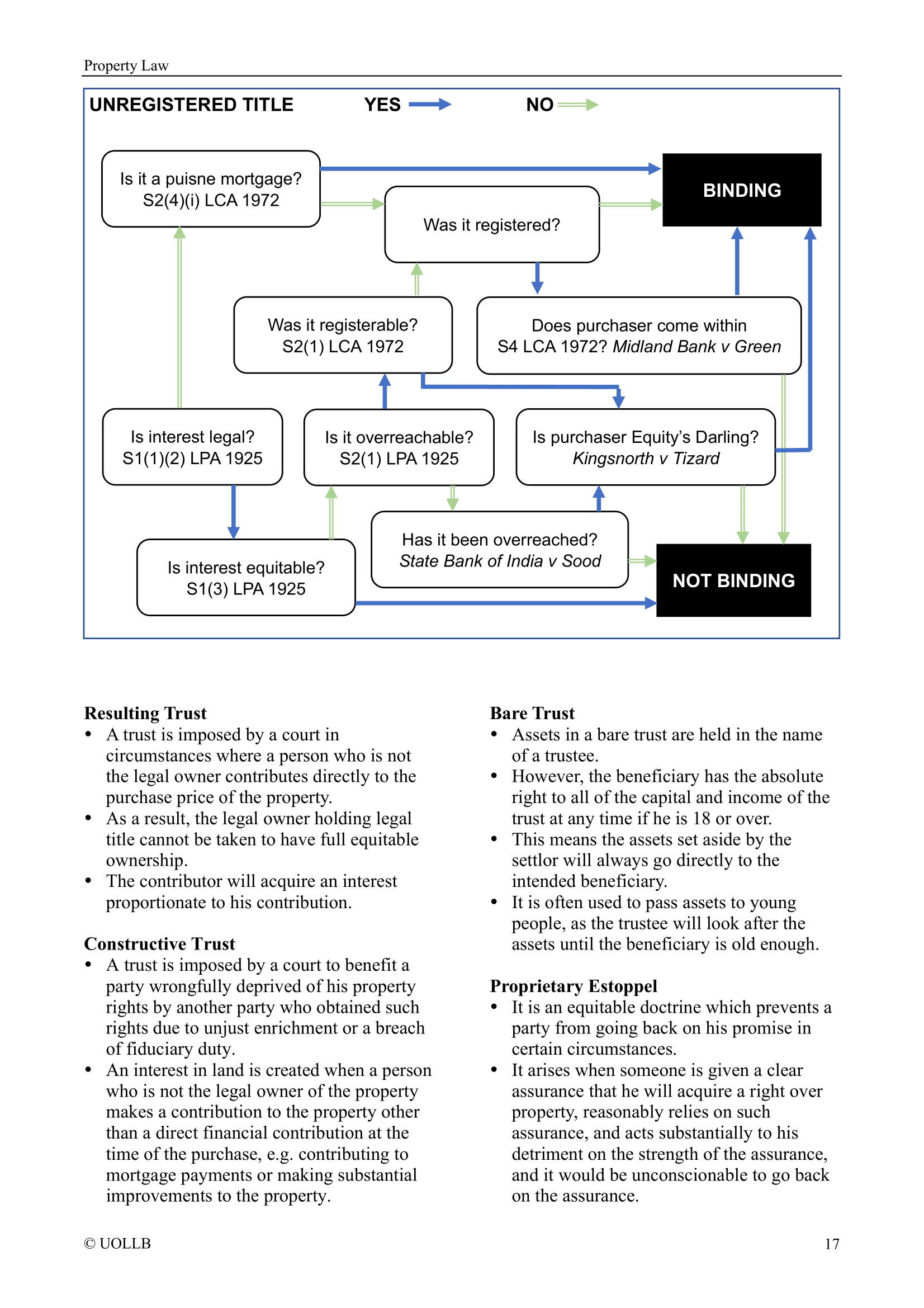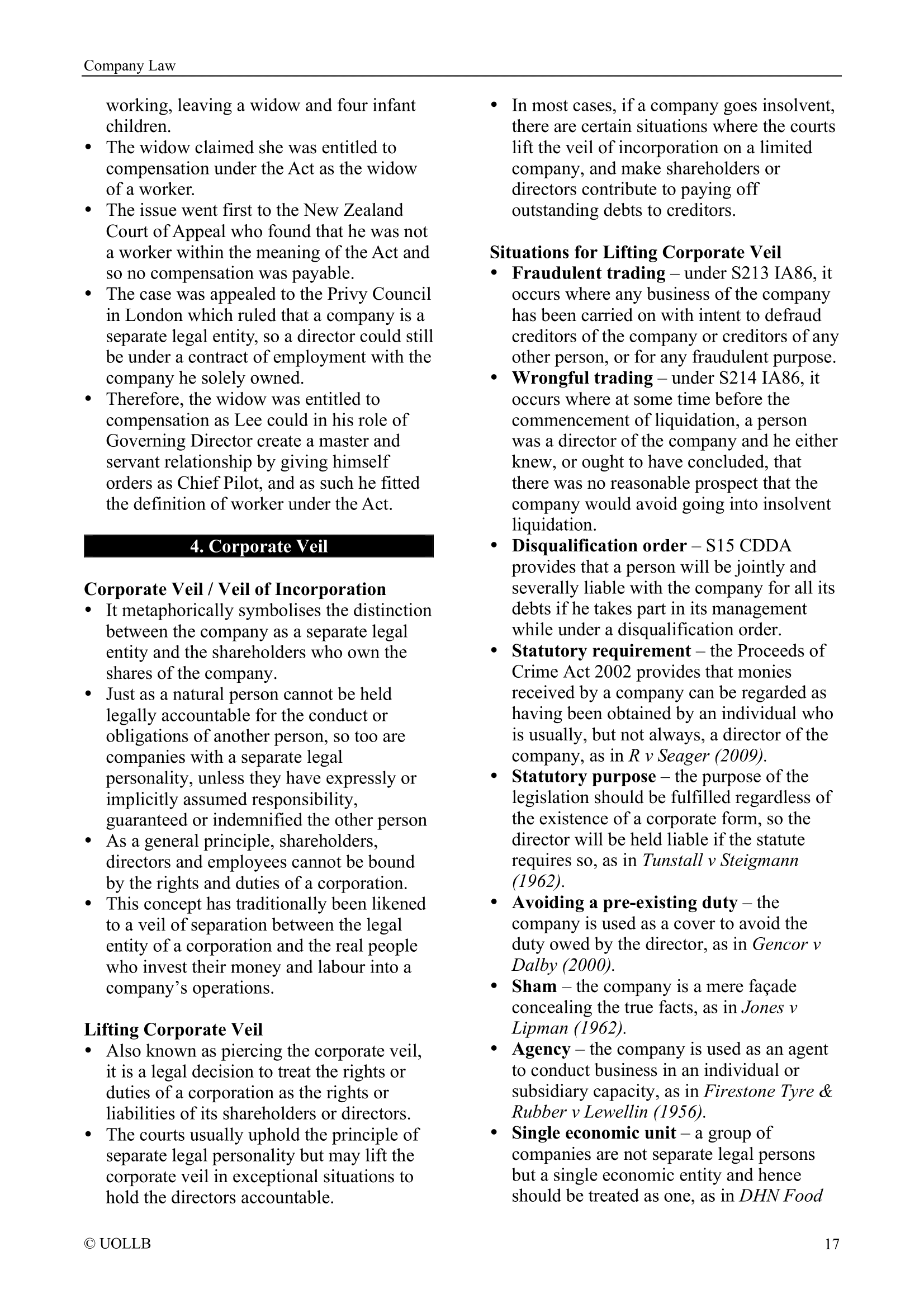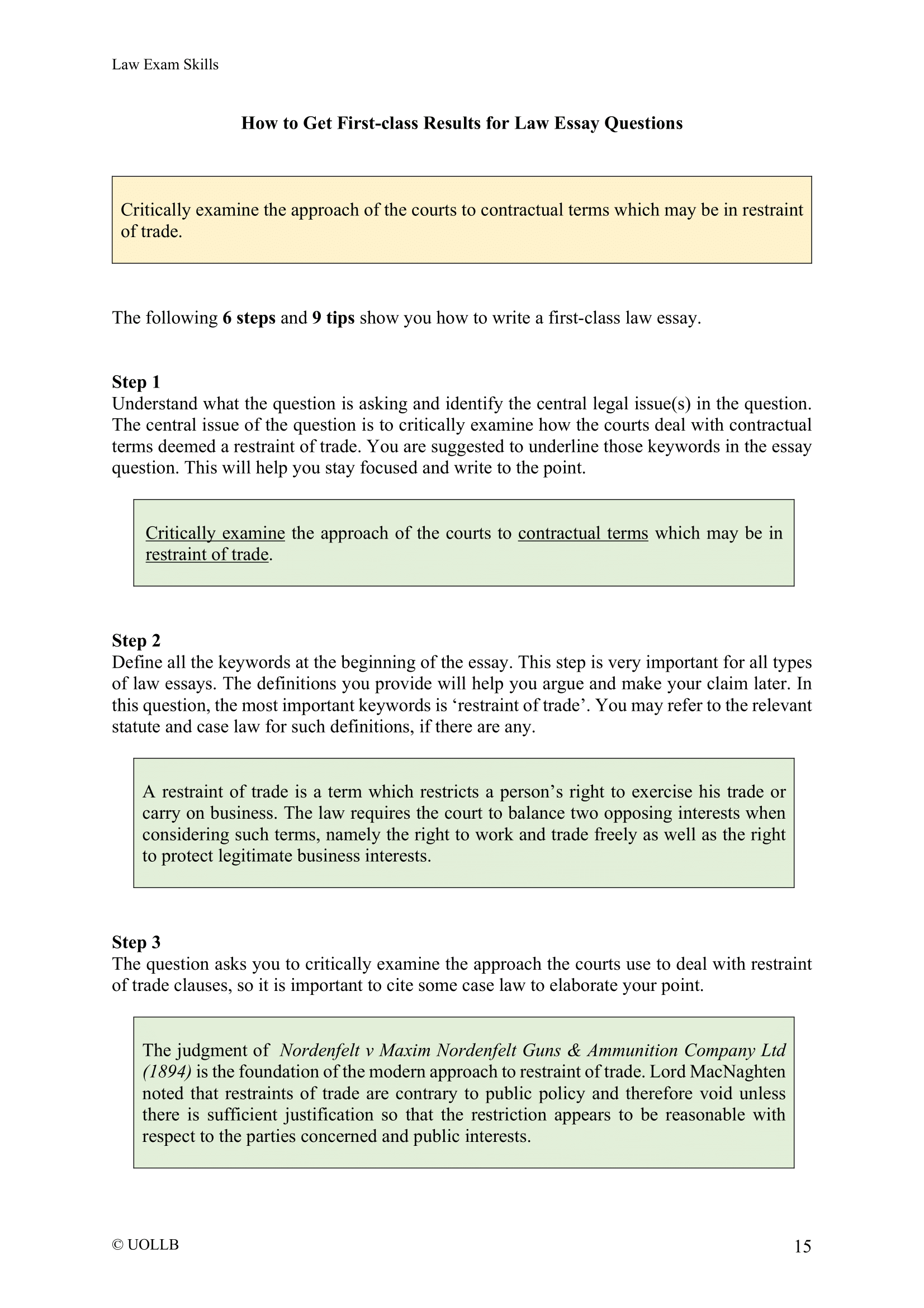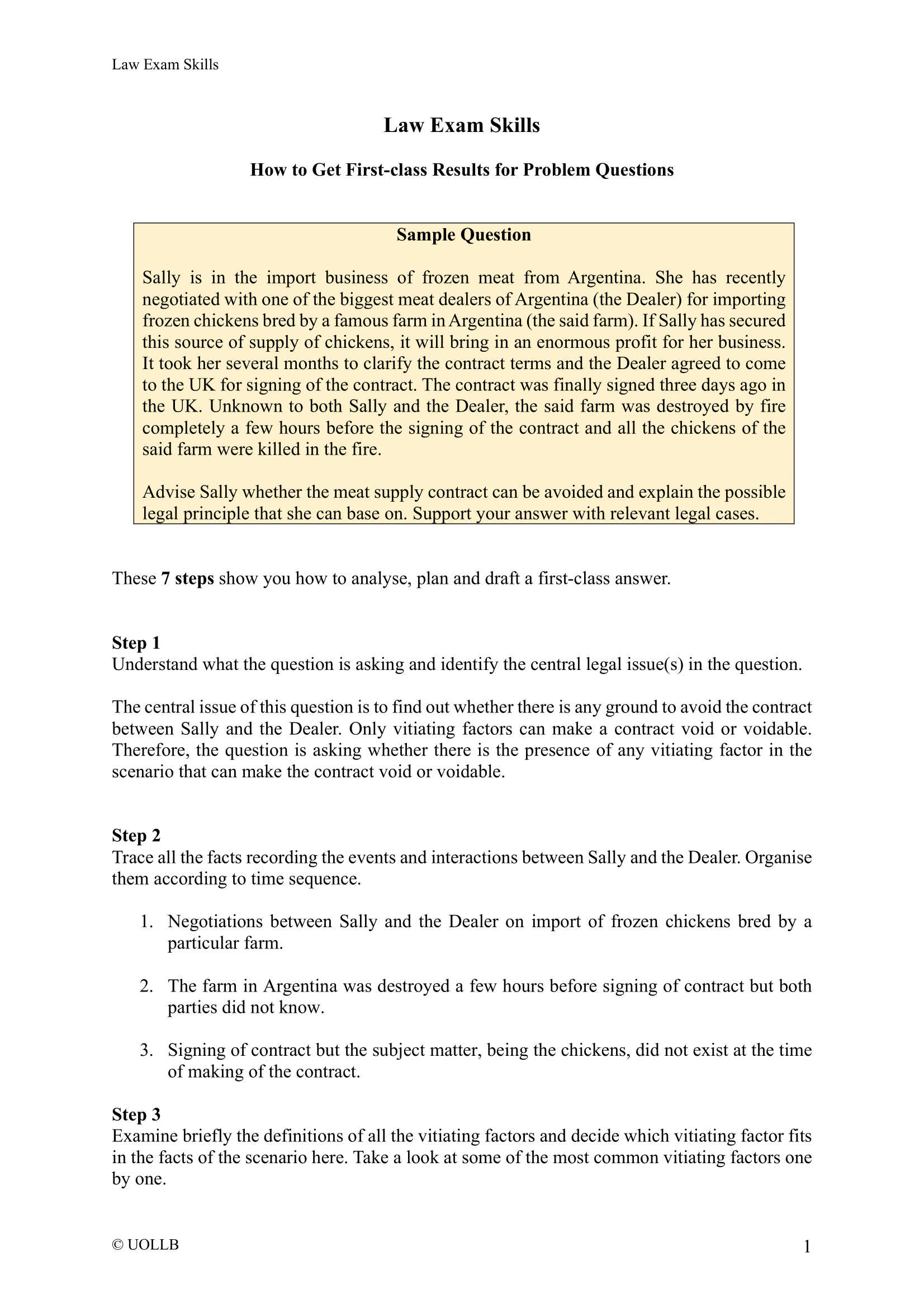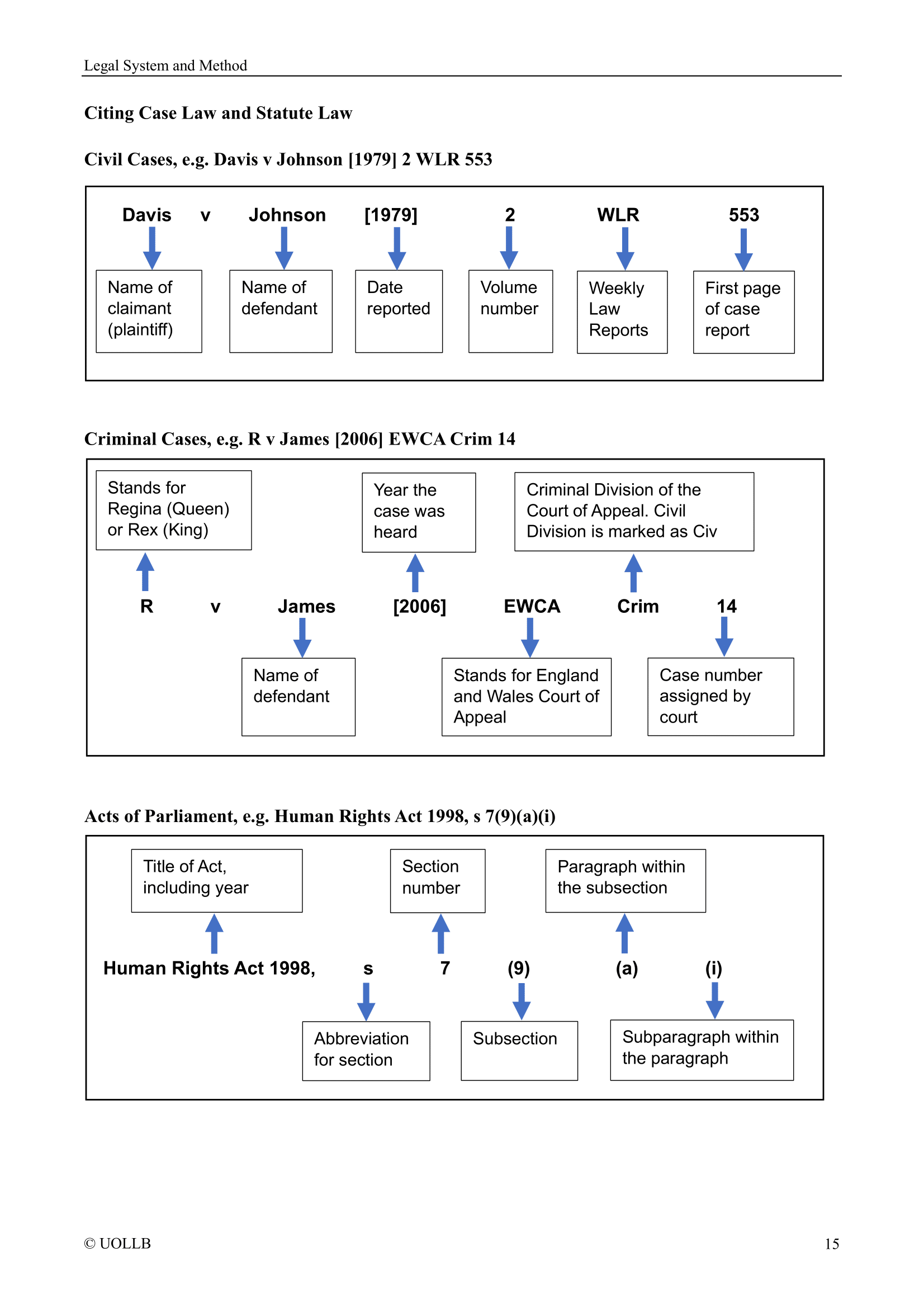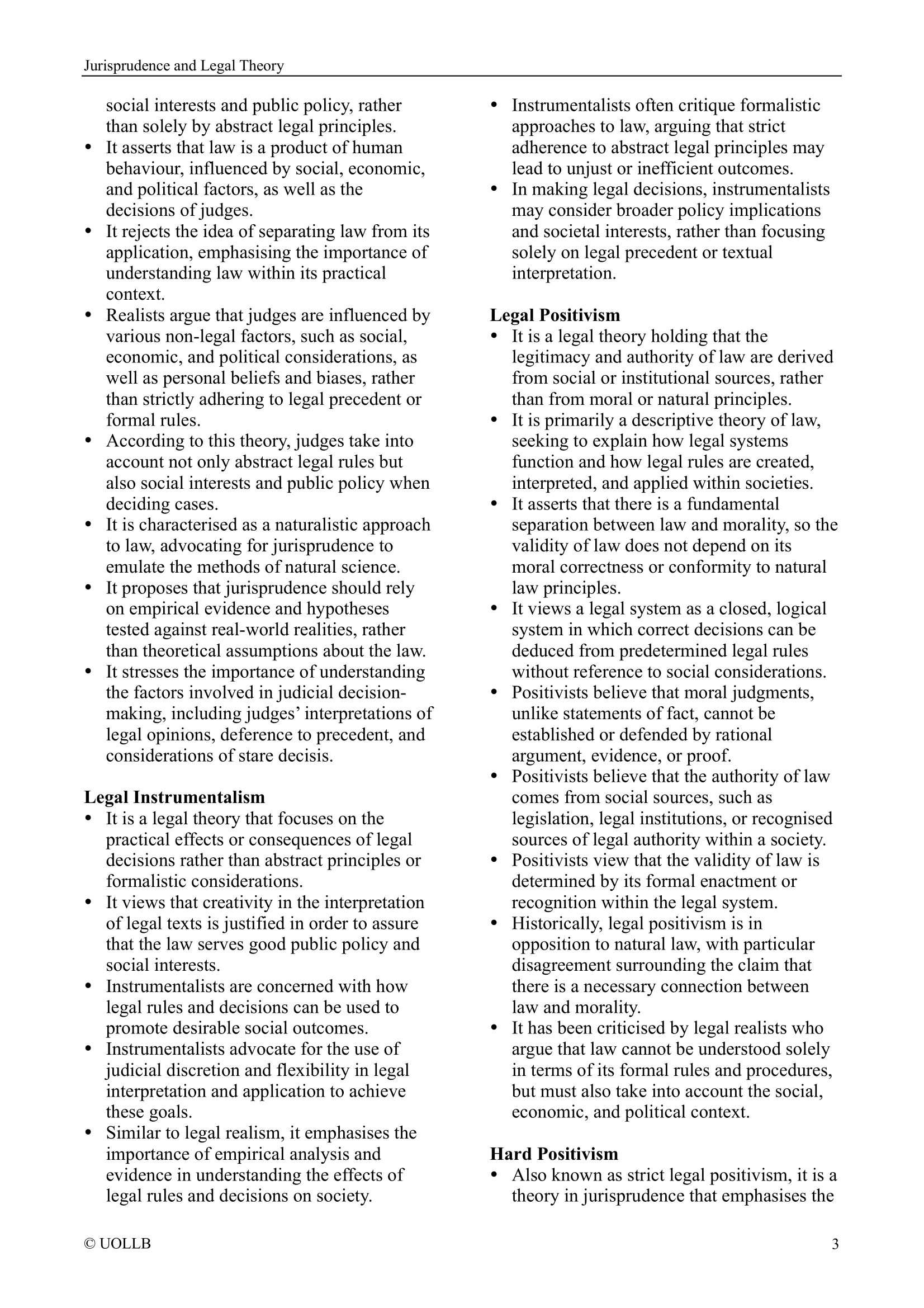Intentional Torts
Share
Intentional torts occur when a person intentionally acts in a way that causes harm or injury to another person or their property. Some examples of intentional torts include:
Assault: This occurs when a person intentionally causes another person to fear that they will be physically harmed. For example, if someone points a gun at another person and threatens to shoot them.
Battery: Battery occurs when a person intentionally touches another person without their consent or causes bodily harm to them. For example, if someone punches another person in the face.
False imprisonment: This occurs when a person intentionally restricts another person's freedom of movement without their consent. For example, if a store security guard detains a person without cause or locks them in a room.
Defamation: Defamation is the intentional spreading of false information about another person that harms their reputation. It can be either verbal (slander) or written (libel).
Invasion of privacy: This occurs when a person intentionally invades another person's private space or affairs. Examples of invasion of privacy include using hidden cameras to record someone's private activities, or spreading someone's private information without their consent.
Intentional infliction of emotional distress: This occurs when a person intentionally causes severe emotional distress to another person through extreme and outrageous conduct. For example, if someone repeatedly threatens to harm a person's family or loved ones.
These are just some examples of intentional torts, and the laws surrounding them can be complex and vary depending on the jurisdiction.
Assault: This occurs when a person intentionally causes another person to fear that they will be physically harmed. For example, if someone points a gun at another person and threatens to shoot them.
Battery: Battery occurs when a person intentionally touches another person without their consent or causes bodily harm to them. For example, if someone punches another person in the face.
False imprisonment: This occurs when a person intentionally restricts another person's freedom of movement without their consent. For example, if a store security guard detains a person without cause or locks them in a room.
Defamation: Defamation is the intentional spreading of false information about another person that harms their reputation. It can be either verbal (slander) or written (libel).
Invasion of privacy: This occurs when a person intentionally invades another person's private space or affairs. Examples of invasion of privacy include using hidden cameras to record someone's private activities, or spreading someone's private information without their consent.
Intentional infliction of emotional distress: This occurs when a person intentionally causes severe emotional distress to another person through extreme and outrageous conduct. For example, if someone repeatedly threatens to harm a person's family or loved ones.
These are just some examples of intentional torts, and the laws surrounding them can be complex and vary depending on the jurisdiction.
